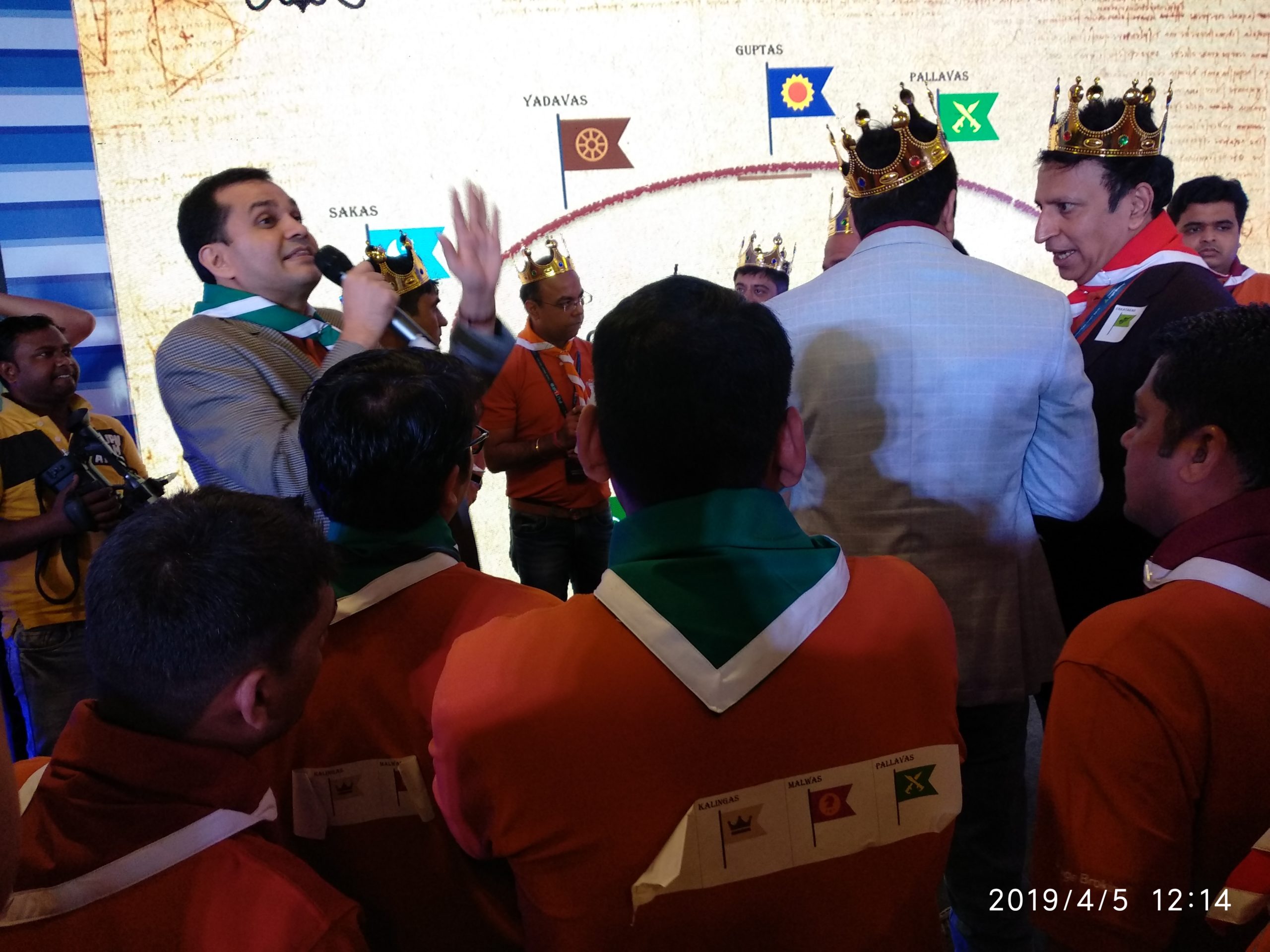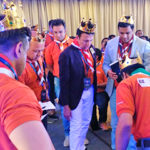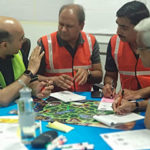When we shared the chairman’s story with one of the L&D heads of an IT company – with a sigh of relief the L&D head commented “so we are not alone in this game!”. From mega government projects to IT projects to manufacturing projects – all are getting delayed or slowed down because of silo thinking.
Because of emergence of newer technologies and specialization we need super specialists who can offer us superior and targeted solutions. This makes silos inevitable. Silos are not all that bad. They are needed. However, parallelly, we need to reform our traditional organizational structures and periodically organize interventions to keep siloism at lower levels.
For example, for Larsen & Toubro’s CC group we facilitated a business simulation –Kingdoms of India . The purpose was to enhance collaboration within multiple teams that are part of this group. Some of the teams who were part of the same work process had good levels of communication and collaboration. But there were some teams in the group like the technology team – because of the nature of its work it didn’t interact much with other teams. It was kind of isolated. So to develop informal lines of communication and relationships the entire group of 75 people were brought together in Lonavala in L&T’s Leadership Development Academy.
In Kingdoms of India all the 75 people were divided into various ancient kingdoms of India. Each king and his administration team were given the resources. Each king had to fulfill its yearly commitments and the grand vision that was communicated to them. The design of the game was such that people had to wage the war against each other to fulfill their commitments. The lack of resources triggered the war.
The following were some of the major learnings that teams experientially understood in the debrief session.
- Don’t use ammunition (hard words & body language) to hurt others
- Share information and resources to support other departments in delivering their commitments
- Handle crisis not by blaming or passing the buck, but by discussions and communications
- Live the culture and deliver individual, team, and organizational goals
- Break down silos and create an environment of trust
- Negotiate to generate mutually beneficial results and productive partnerships
- Align goals and efforts at every organizational level through focus on the “big picture”
- Practice – Transparency of resources
- Greed, personal ambition, supremacy, group-ism, blame-game and distrust are obstacles for collaboration
- Not giving timely feedback and preferring to be passive and silent is a big threat for collaboration


